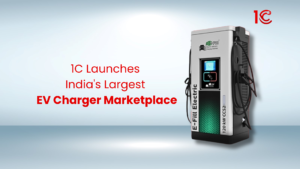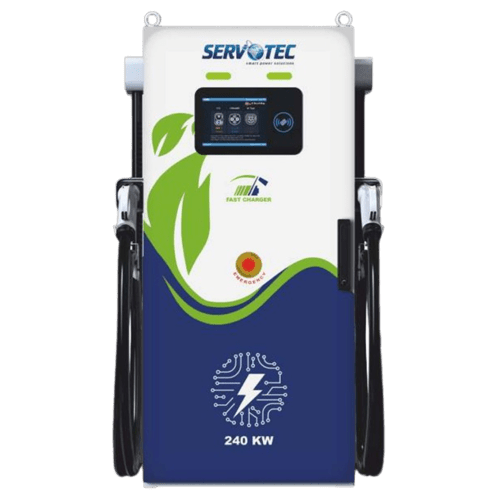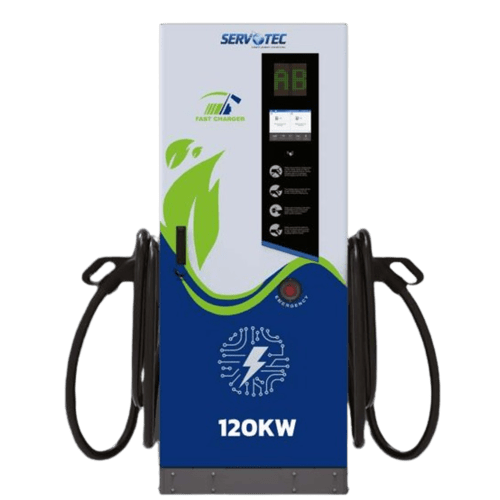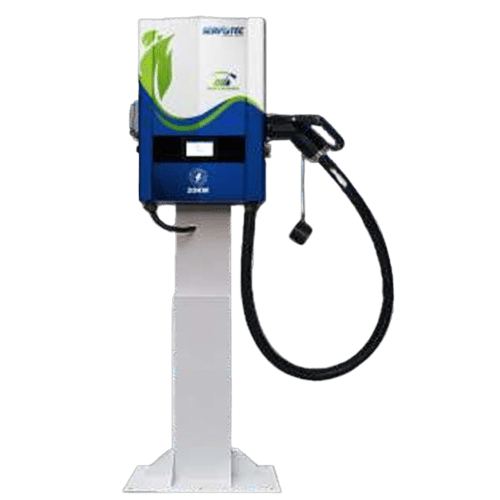
Menu
Menu

Electric vehicles (EVs) are changing the way we drive. Eco-conscious customers prefer them because of their zero tailpipe emissions. They also provide quiet operations and impressive energy efficiency.
Unlike traditional gasoline vehicles, EVs require a well-approached charging routine. Certain common mistakes should be avoided to maximise battery health and optimise the EV charging experience. These are 5 common EV charging mistakes to avoid for your electric vehicle:
You may want to achieve a perfect 100% battery every time you plug in the vehicle to charge. As tempting as it may seem, this isn’t good for your battery health. EV batteries function best within a specific range. Most EV OEMs (original equipment manufacturers) suggest keeping the charge percentage somewhere between 20 to 80 percent. This “sweet spot” helps in extending battery life and the overall capacity of the battery. Charging to 100% occasionally for long trips is fine but making it a daily habit can lead to faster battery degradation. What you should aim for is a balanced approach to maintain optimal performance and longevity.
Just as the complete charging is not good for your battery’s health, letting your battery level drop critically low can also lead to battery degradation. You should try to develop a charging routine such that the battery level stays above 20% comfortably. Modern EVs have advanced battery management systems that help prevent complete depletion, but it’s still better to avoid letting the level go too low. Think of your EV battery like a phone battery – consistent partial charging is better than constantly letting it drain fully and then recharging.
DC fast chargers, or the rapid chargers, are really helpful on long road trips. They help in quickly recharging the battery. However, using these fast chargers frequently can generate heat which can degrade the battery health over time. You should consider fast charging as a convenient option for long journeys, but not opt for it in your everyday charging routine. Regular use of Level 1 or Level 2 chargers at home or work is more suitable for daily needs, preserving the battery’s health and efficiency over time.
Read more about the Impacts of DC Fast Charging on Battery.

Extreme temperatures, both hot and cold, can affect the charging efficiency of a battery. It is suggested that your EV be charged in a temperature-controlled environment whenever possible. Modern EVs offer the feature of pre-conditioning battery before charging for extreme temperatures through their mobile apps. This may help in such conditions. Cold weather can reduce the range, and hot weather can strain the battery. Being mindful of where and when you charge can help mitigate these effects.
For example, in summer, charging during the coolest part of the day, such as early morning or late evening, can improve battery performance. In winter, parking your EV in a garage rather than outside can protect the battery from extreme cold, leading to better charging efficiency. Additionally, using a block heater for the battery before charging can also help in extremely cold climates.
Unlike petrol pumps, EV charging stations are not available on most roads. While the infrastructure is still developing, you must plan your stops, especially for long journeys. Reliable EV charging apps like 1C EV Charging can help locate verified and functional EV charging stations along your route. This ensures that you do not get stuck halfway with a low battery. Planning not only saves you from potential inconveniences but also enhances your overall travel experience. By knowing where and when to charge, you can enjoy a smoother, stress-free journey.
For instance, for an autorickshaw driver, an optimal plan could be starting with a full charge overnight, topping up mid-morning, charging during lunch breaks, and checking the battery level mid-afternoon to decide if another quick top-up is needed. Ending the day with a full charge ensures readiness for the next day’s operations.
By avoiding these small EV charging mistakes, you can maximize the performance and lifespan of your vehicle’s battery. Remember – a little planning goes a long way, especially when it comes to keeping your EV charged and ready to roll.
Get on-demand charger installation at your home or office. Consult our experts today!
Share this article:
Follow us for more such content!






© 2024 Massive Mobility Private Limited. All rights Reserved